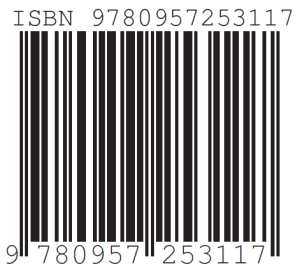How much does it cost to self-publish your book?
How much does it cost to self-publish your book?
Here’s how I self-published my book, Pazzabaijan.
So you want to self-publish? 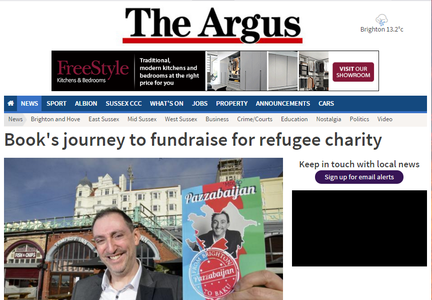
Good for you. It’s a thrilling and rewarding journey.
But how much does it cost to self-publish a book?
And what, exactly, is involved?
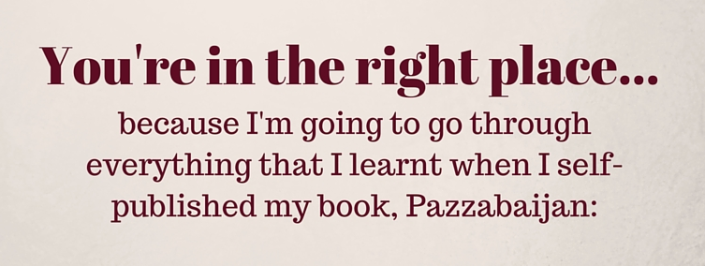
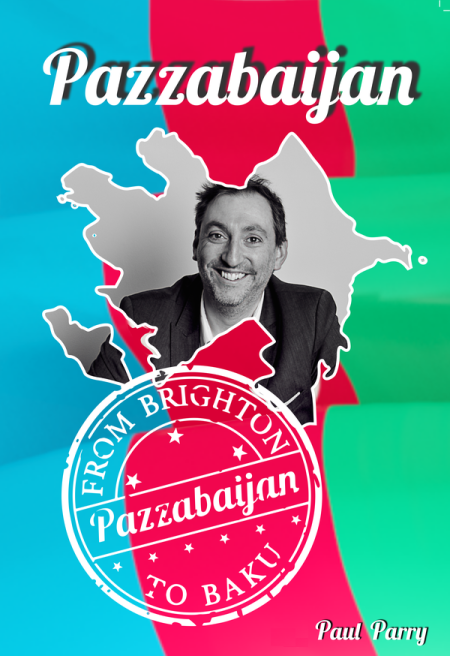
[et_bloom_inline optin_id=”optin_16″]
How I went from a blank screen to the thrill of taking delivery of hundreds of copies of my own book.
The platforms I used
The prices I paid
The things I learnt
Self-publishing: the costs
The first thing to know is this:
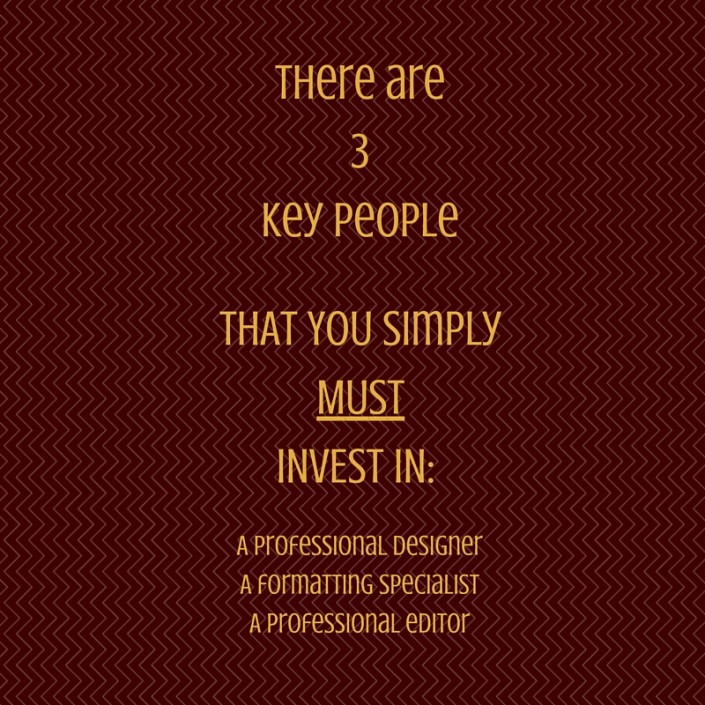
The backstory…
Although Pazzabaijan is a work of non-fiction, I have got a bit of first-hand experience of producing fiction, too: between 2000 and 2002, I wrote a novel called Naughty by Nature, which came to 81,000 words.
There was no Kindle in those days and while self-publishing was available, the tools to do it were not as sophisticated or easy to use as they are today.
So I wrote this thing, didn’t work on improving the first draft, and published it through Lulu.com, which seemed to be the best option at the time.
I soon removed my book from there, simply because it wasn’t very good.
Then a few years later (2010), I decided to pick it up again, and tweeted the whole thing, line by line…
By May 2012, I it was done (using a scheduling service called SocialOomph, so I didn’t have to spend all day, every day, on Twitter).
And I was ready to go again.
Or so I thought – but I still hadn’t done the work to improve the first draft.
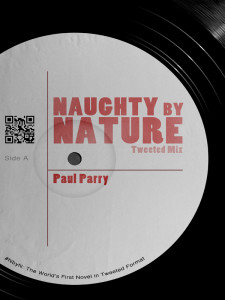 So with a cover designed, a formatting professional lined up and ready to go, a great friend who was kind enough to read the book from an editor’s perspective told me what I knew deep down:
So with a cover designed, a formatting professional lined up and ready to go, a great friend who was kind enough to read the book from an editor’s perspective told me what I knew deep down:
“You can do better. It’s totally up to you – it’s your book – but if you turn up with a poor first book, no one’s going to look at you when you bring out a second.”
And she was right.
So I pulled it…and here we are.
IDEA: to market yourself as a freelance writer, blogger, ghostwriter and editor, it helps when you have a book to do the promotion for you.
Print your own book – the process
Like many things, when it comes to self-publishing, you can pay a little or you can pay a lot.
I paid as little as possible…and you’ll read how, below.
Whether you’re looking to produce a work of fiction or non-fiction, the process I detail here will be the same.
I should reference two blog posts that I found really helpful, one at the outset of my project and one further down the line, when I was filling in the various forms regarding tax that Amazon shoved under my nose (really important for UK authors selling on Amazon – it means you pay no VAT rather than the 30% they’ll keep if you neglect this bit).
Both images here are clickable:
Step 1 – What you need to get started
Clearly, the first stage of the process is actually writing your book.
What’s your story?
Pazzabaijan was to be based on…
-
Stories that had been in my head for months (or even years)
-
Ideas that I’d already blogged about and could re-version
-
Beliefs that I’d discussed with people over and over again
Having those things made the writing process easier because it gave me something to work from.
What have you already got that you can use as a foundation for your book?
Then, you need two things…
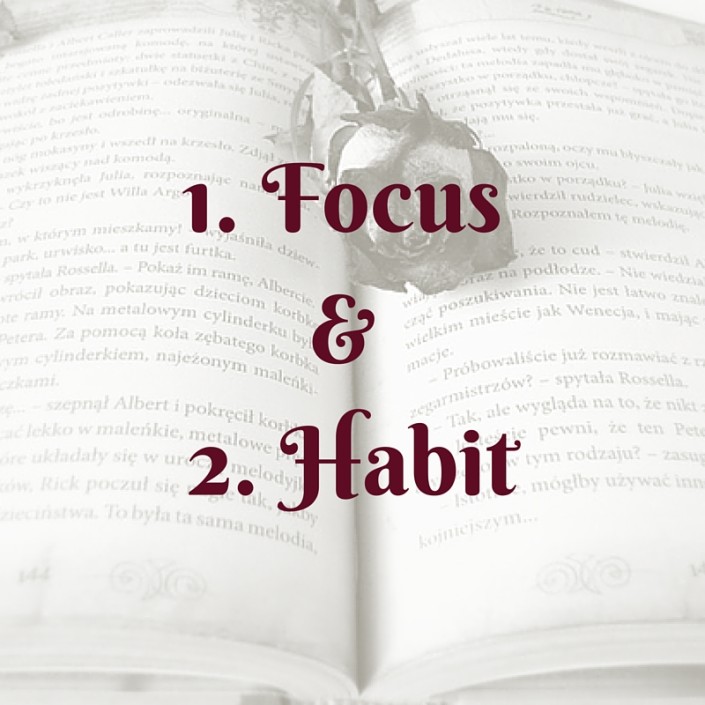
By focusing on what I wanted to produce, I wrote every day, aiming to write a specific number of words during every session. I also focused on a total word count (between 17,000 and 20,000 words – Pazzabaijan is a relatively short book: exactly what I wanted).
The momentum brought by focus helps you form the habit of writing daily.
I aimed to write at least 1,000 words every day. Aim for something similar, whether it’s 200 words or 2,000 every day. Just do it. Get on with it.
Getting up at 5.30am
This was massive. I set the alarm early with the aim of getting as much work done as quickly as possible.
When you get up much earlier than you’re naturally inclined to, you’re committing. You’re less likely to poke around on Facebook or Instagram, or stand around drinking tea and gazing out of the window, or spend time on a Buzzfeed quiz that asks how many English football grounds you’ve been to.
Plus, if you’re writing your book at home, you’re not going to want to unload the dishwasher or washing machine or do anything that wakes your sleeping family.
No, instead, you find yourself thinking:
If I’m going to get up this early, I’m absolutely going to make sure it’s worthwhile.
Focus leads to habit which builds momentum and delivers results.
Sooner or later you’ll have something to show for your efforts:
Your first draft.
And, up to this point, you’ve spent precisely £0.00.
Of course, like Ernest Hemingway said: “The first draft of anything is shit.” But that’s OK, because you’ve at least got something to polish and work on. You can’t polish a blank page.
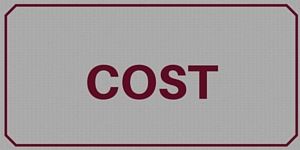 I recommend printing your first draft because it enables you to see things that you’d otherwise miss when you read through your work for the first time in order to make a better second draft.
I recommend printing your first draft because it enables you to see things that you’d otherwise miss when you read through your work for the first time in order to make a better second draft.
Obviously, the higher your word count, the more ink and paper you’ll need.
Tip 1: print on paper that’s already been used once – just remember which way up to place it in your printer’s tray.
Tip 2: select your printer to print in ‘draft’ quality (instead of ‘normal’ or ‘best’ to make your ink go further).
Save money by creating a copy to print without photos or pages you don’t need at this stage, such as the title.
There’s little point in listing the prices of paper and ink here. How much did you last pay for these items?
A ghostwriter for your book 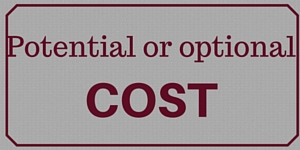
If you really want to, you can get someone to write your book for you. Prices for this will vary, of course. If you’re interested in hiring to ghostwrite your non-fiction book, get in touch here.
A ghostwriter could (should) help in…
- Collaboration to gather source material and generate ideas via email, phone, Skype and/or in person
- Planning the structure of the book (with consideration given to audience)
- Required interviewing and researching
- Actually writing your book in your desired style (eg, authoritative, informative, humorous)
- Book title creation
- Book cover creation (front, back and spine)
- Back cover text
- Proofreading / editing (at least in the early stages)
What do you want to get out of writing and printing your book?
I had a few reasons to write Pazzabaijan, but the main ones were:
- I needed to get some new business cards done but wanted to create something a bit different
- I’d been thinking of writing a non-fiction book for ages
- I want to create a catalogue of books to share stories and knowledge – and had to start somewhere
- I had a story that I wanted (needed) to get down in a structured way once and for all
Think about why you want to produce your book. It’ll help you stay motivated.
Giving yourself a deadline also helps.
Step 2 – Find a professional editor
Whether your book is fiction or non-fiction, you need a professional editor.

As indie author Teymour Shahabi wrote in this post:
The greatest benefit of an editor is that he or she is not the author.
‘So what?’ you might ask.
The point here is that an editor is objective, was not involved in your creative process and will see things not only because that’s what they’re trained to see but because, as mentioned above, they are not the author.
The Creative Penn
One of the most successful and prominent independent authors you can read about is an English lady called Joanna Penn, whose website, thecreativepenn.com, features all kinds of help for authors looking to self-publish.
I recommend her page on editors, which is here. Fees (in both GBP and US Dollars) and services listed by the various editors on that page do vary so it’s worth looking at and choosing according to what you’re after.
Prices (at the time of writing this) for professional editing seem to be around £7.50 for 1,000 words.
The Society of Editors and Proofreaders (SfEP)
Also worth your attention is the Society of Editors and Proofreaders (SfEP), a UK-based organisation with a comprehensive directory on their website. Here’s where you can find the list of SfEP editors.
How much did I pay?
Nothing.
As a professional writer and editor myself, I edited my own work (despite the line quoted above).
Plus, I was looking to produce my book as quickly and cheaply as possible.
Step 3 – Hire a professional to format your book
 Whether you want your work produced as a paperback, hardback or ebook, unless you happen to format books for a living, you’ll need to hire someone to format yours.
Whether you want your work produced as a paperback, hardback or ebook, unless you happen to format books for a living, you’ll need to hire someone to format yours.
However, there’s money to be saved here too, if you’re up for the challenge (and are willing to take a risk). More on that below.
But first, consider why you really should hire a professional:
- If you’ve spent time and effort writing the best book you can, don’t waste your endeavour by creating a poor interior. It doesn’t matter how good your book is if it’s hard work to read because of the layout.
- Software that exists to create ebook formats doesn’t deliver. That’s not said from first-hand experience, I’ll admit, but I have read it in many places so I never bothered with further investigation. I hired a professional.
- If you want your book to do well, you’ll be competing against countless other writers. Don’t fall at the first hurdle: would you buy a book if it had even one bad review telling the world that it was poorly formatted?
 CreateSpace
CreateSpace
I chose to produce the paperback version of Pazzabaijan using a platform called CreateSpace (owned by Amazon), partly because of the formatting templates they provide.
Formatting the print version of my book took a few hours but I was up for the challenge and things turned out OK. It just took a little patience and understanding how the software worked.
But once I had, it was simply a matter of consistency: making sure I had the same amount of space (which I counted in ‘cursor clicks’) above each section title, for example.
Ebook formats 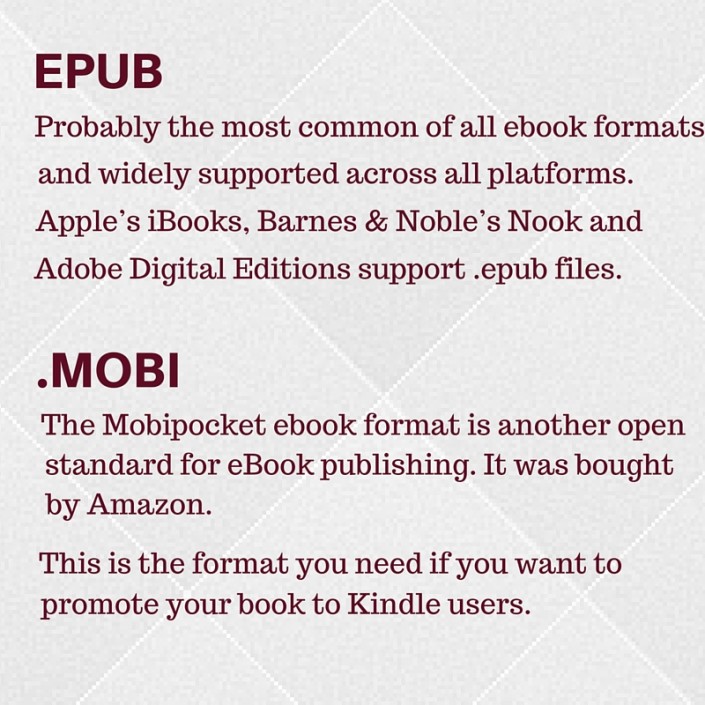
My file for print was 96 pages long but I wanted it converted to two ebook formats as well:
- .epub
- .mobi
I’d been working with a client on their book and had been introduced via email to a designer/typesetter/formatter so asked her about converting my print-ready file.
This is what she told me:
I don’t usually take on .epub only creation as I do most of the work when typesetting for print, then I know exactly what I’m converting and so have a good amount of control.
So, while it ultimately saved me a bit of cash, formatting for print myself might have caused a problem.
How much did I pay?
Nothing for the print version and £125 (about ($180 at the current rate) for the two ebook formats (combined priced). I hired Charlotte Mouncey, of Bookstyle.co.uk, and recommend her.
Step 4 – Hire a professional designer to create a book cover*
*including front, back and spine
 Like me, you may have lots of design ideas.
Like me, you may have lots of design ideas.
But I’m definitely a writer, not a designer or artist (as you’ll see from my drawing, below), so when it comes to making those ideas come to life, I can only take them so far.
I love Canva (it’s why I wrote this post). It really does help.
But I use that for posts such as the one you’re reading and for social media updates.
I wouldn’t use if for my own book cover.
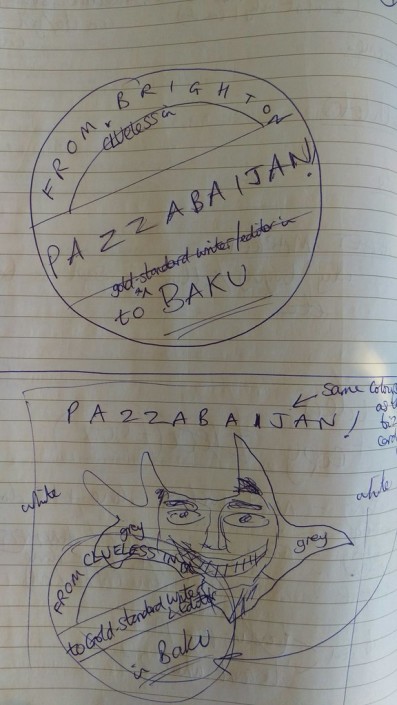 I have knowledge of things such as ‘bleed’ and ‘dpi’ but not to a professional level. So I’d much rather sketch my idea on paper.
I have knowledge of things such as ‘bleed’ and ‘dpi’ but not to a professional level. So I’d much rather sketch my idea on paper.
A million miles from perfect but good enough for my designer friend to work with.
Speaking of whom, he very kindly agreed to create my front, back and spine designs in return for some work I could do for him (he wouldn’t take any money from me).
Typical costs, however, for a professionally designed book cover can range from as little as $5 (at fiverr.com) to a couple of thousand, if you want to hire a specific, top-notch ‘name’.
Typically, prices are between £250 ($350) and £850 ($1200).
UK authors beware – avoid paying 30% tax on Amazon (and pay 0%)
 As I said earlier, this bit of the process was a little tricky and somewhat unexpected.
As I said earlier, this bit of the process was a little tricky and somewhat unexpected.
Tax?
On my book?
The forms that Amazon presents you with must be completed correctly – failure to do so could result in lost earnings. As mentioned above, Karen Inglis does a great job of helping with this.

Optional Extra – No.1 – ISBN Numbers
If you want to make your book available to sell, it’s a good idea to buy a batch of ISBNs (International Standard Book Numbers).
Here in the UK, you can buy them individually and in batches of ten, 100 and 1,000.
Get them from Nielsen, the official agency for the UK and Ireland, rather than a reseller that you might find via a Google search.
Each format in which you publish your book will require its own, dedicated ISBN. 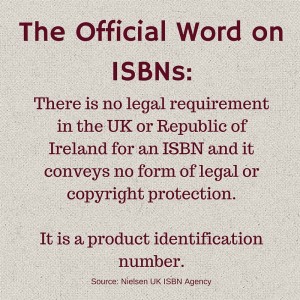
I bought a batch of ten and used one for the paperback, one for the epub format and a third for the Kindle (.mobi) file.
Ten ISBNs in the UK currently cost £149.
If you’re in the US, the official agency is Bowker and ten ISBNs will cost you $295.
For Australia, the agency is Thorpe-Bowker and ten ISBNs are priced at AU$84.
Barcodes
If you choose to go with an ISBN, you’ll need a barcode to go with it.
The good news is that while there are plenty of firms who’d like to charge you for a barcode, you can get one quite easily free from one of these sites:
When you have the barcode as an image file, send it to your designer to add to your book’s back cover.
Optional Extra – No.2 – Printed copies
 I wanted a couple of hundred copies of Pazzabaijan to give away to potential new clients, as well as friends, family and those who’ve helped me on my journey.
I wanted a couple of hundred copies of Pazzabaijan to give away to potential new clients, as well as friends, family and those who’ve helped me on my journey.
It can be quite pricey to order copies for yourself through CreateSpace (if you choose to go down that route) so I was looking for a printer – preferably here in the UK to minimise delivery costs.
I ended up using a firm who were fairly local to me and paid £347.60 for 200 books, including delivery, which works out at £1.74 per book (not a bad price). The company I used was Garnsons.
And my thinking was that if I send these out into the world and I get even one new client as a result, I’ll see a return on my investment. (Since I started sending copies to people, I’ve picked up several new clients and there is no doubt in my mind that having a book helped me land most if not all of them).
Optional Extra – No.3 – Book publishing services
 As you may already know, there are a number of service providers who, for a fee, will look after everything for you.
As you may already know, there are a number of service providers who, for a fee, will look after everything for you.
As with the editors I talked about above, it’s difficult to say that these services will cost you ‘X’ amount because of their flexibility and your specific requirements.
So if you like the idea of using such a service, here’s a selection of options:
Finally, is the whole process as easy as Google would have you believe?
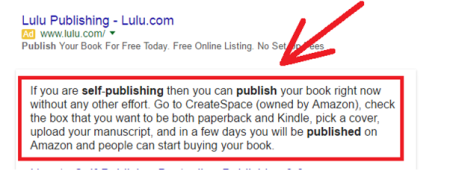
No. But it is worth the effort.
What to Do Next…
If you enjoyed this case study, please share it.



